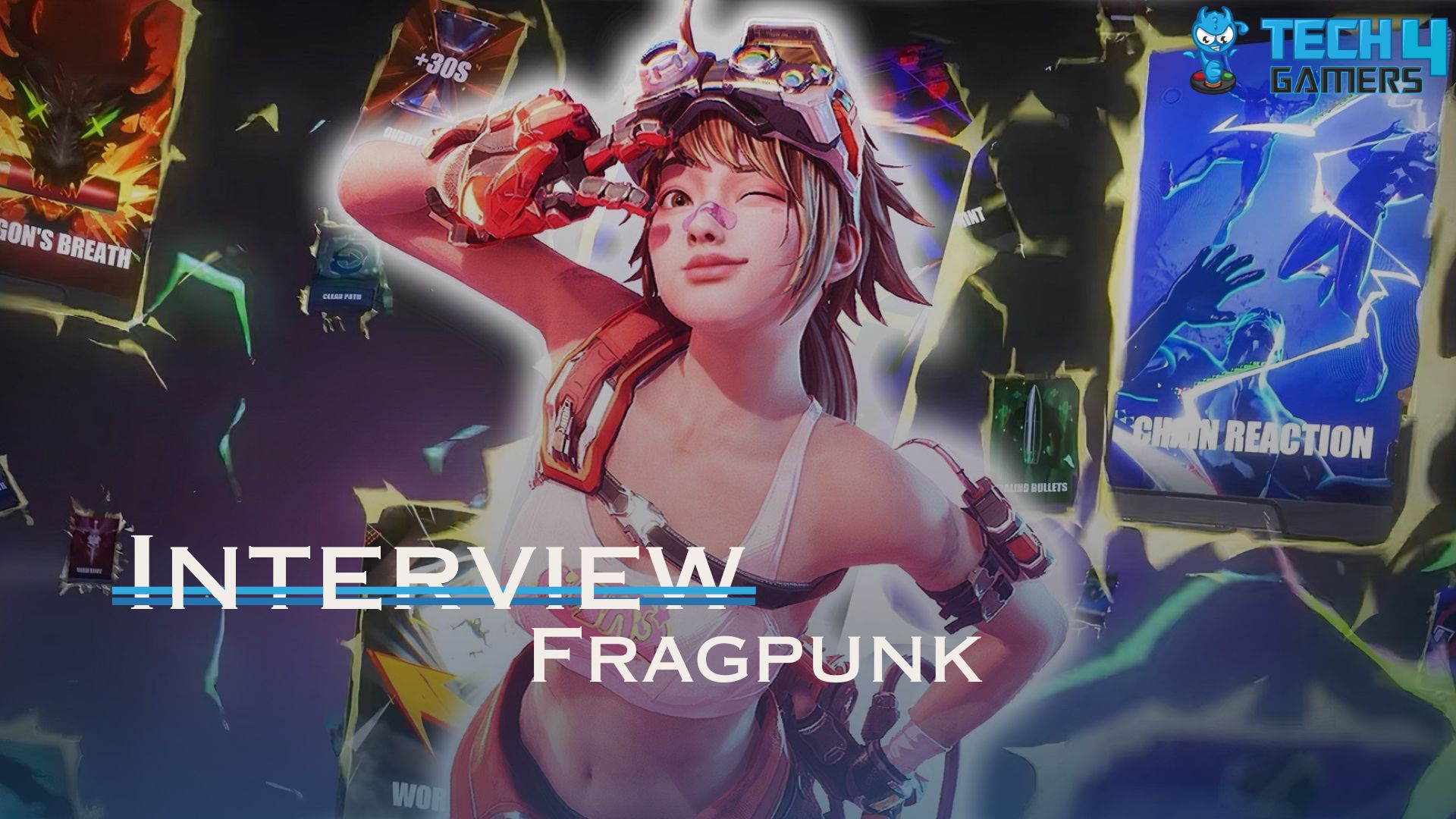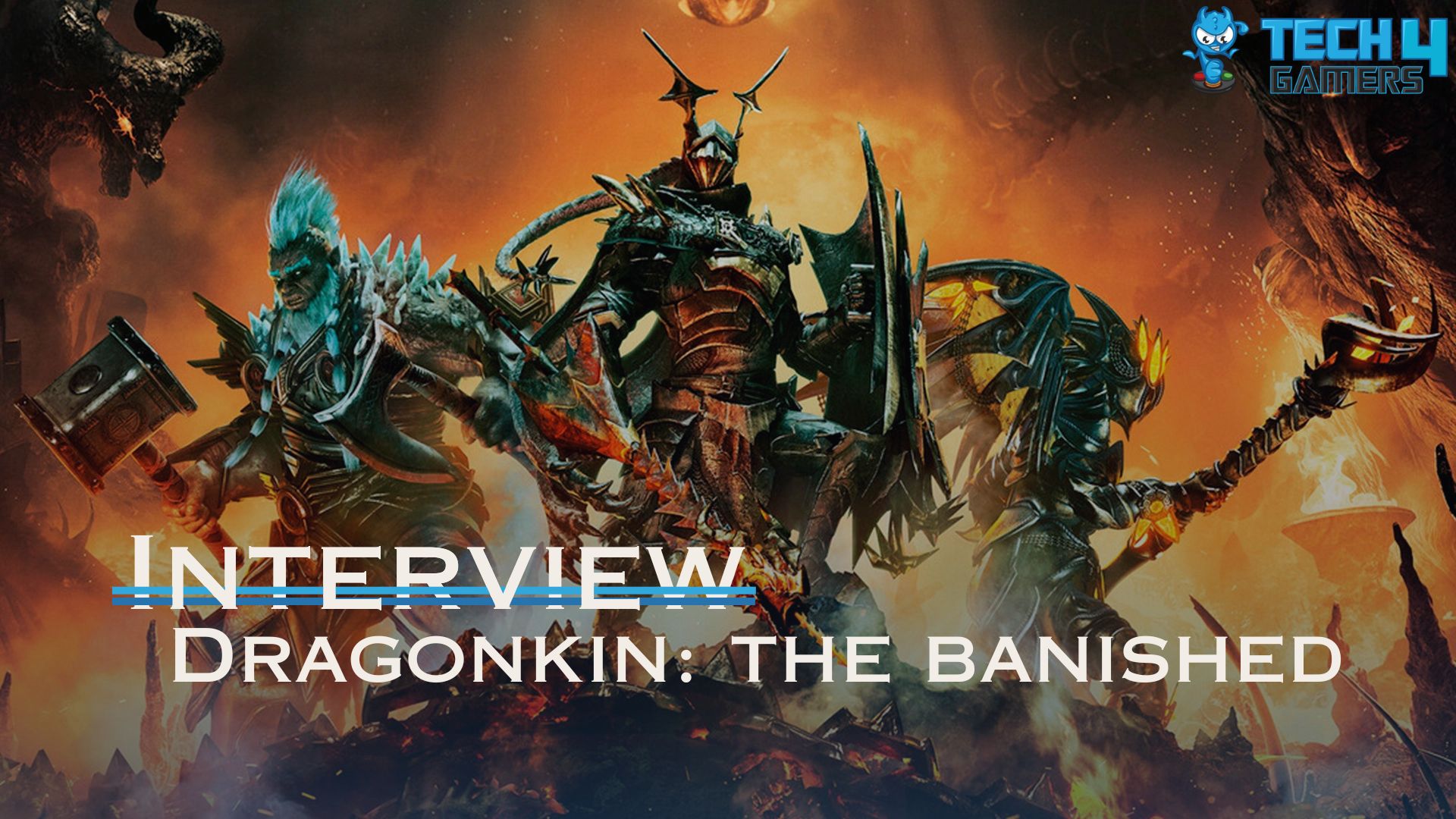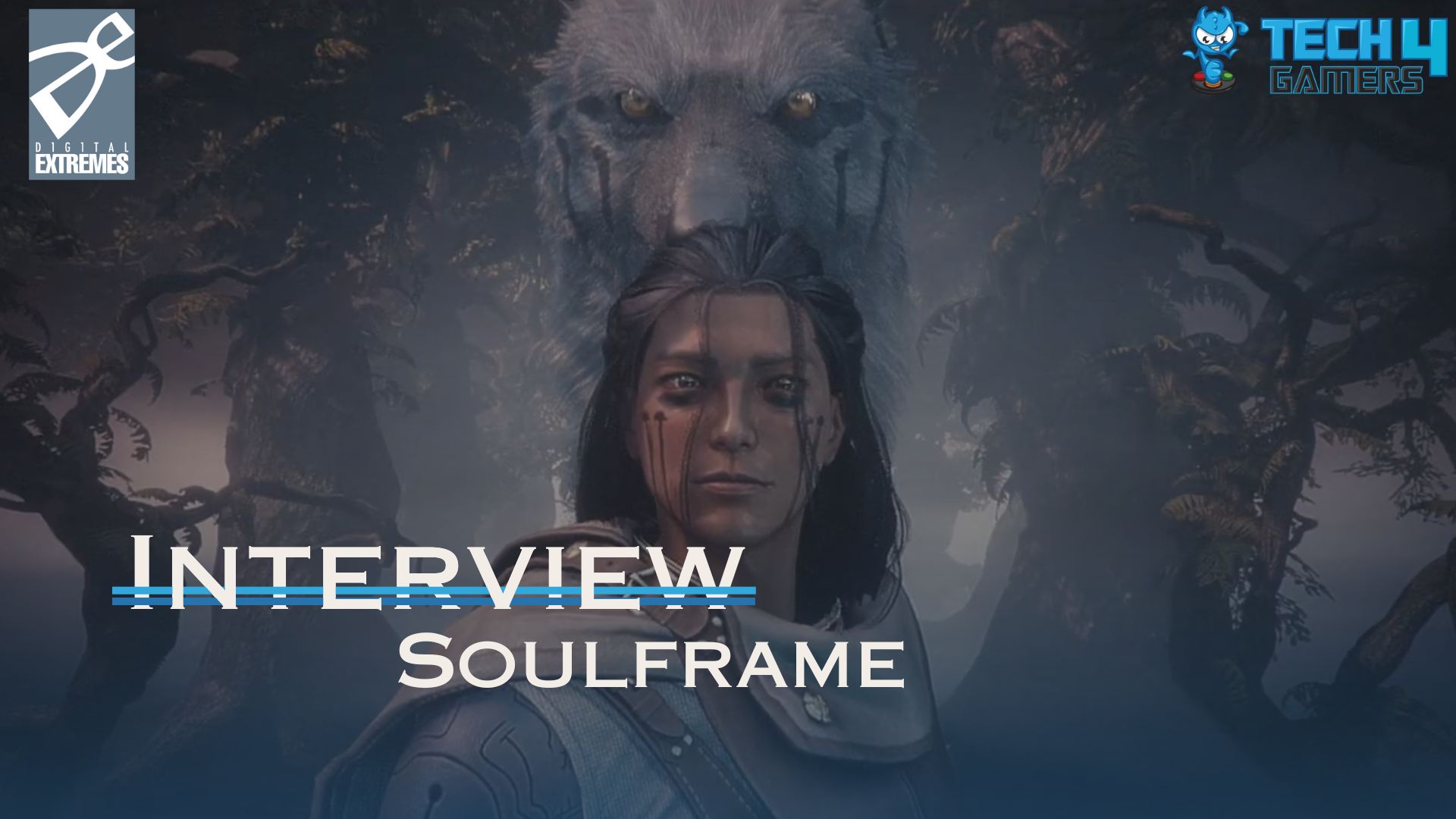- New Star GP has been dubbed a must-play for F1 racing fans.
- We recently spoke with the developers to discuss the game’s success.
- The studio went over various inspirations, the balancing act between racing and management gameplay, and more.
New Star Games has made quite the name for itself in the world of indie sports games. The studio has ventured into rugby, football, and more so far, with its latest release transitioning into the racing genre.
New Star GP combines retro racing and team management to create a unique gameplay loop that is rarely seen in the industry. Add a stylized aesthetic into the mix, and New Star GP immediately stands out among the competition.
Thanks to John Dennis, the Design Director of Five Aces Publishing, we recently got new insight into the game’s unique approach. The Design Director shed light on the many aspects that make New Star GP a special retro racing game.
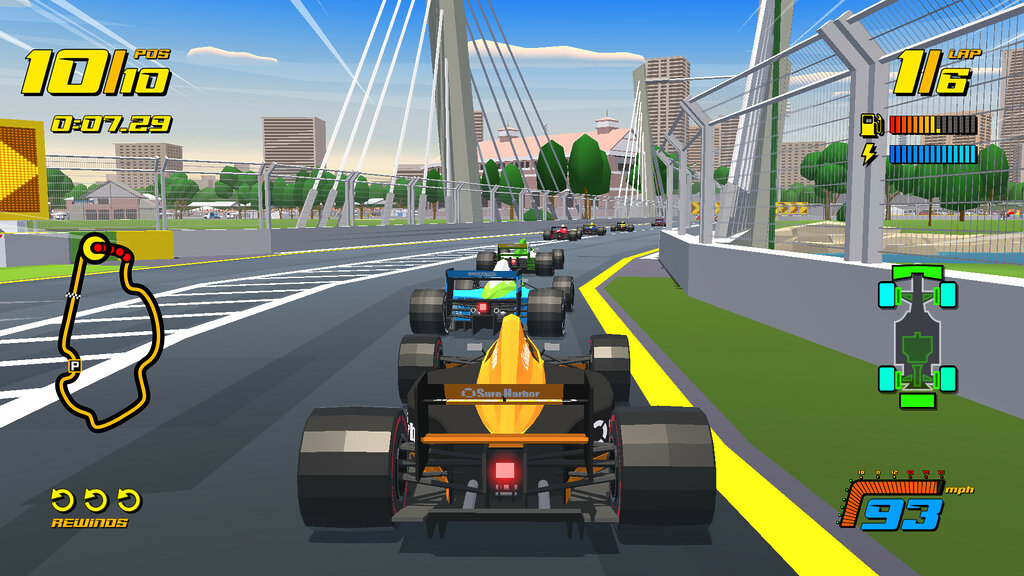
John Dennis: Sure. “New Star GP” is a fast and exciting arcade motorsport game with a retro graphical style. You can play Career Mode, starting in the 1980s, race your way through five decades of motorsport competition, taking in tracks at iconic racing locations all around the world while strategically upgrading your car and your support team.
You can also play Championship Mode and chase high scores on your own or in split-screen multiplayer with up to three friends. And when you’re done with that, you can construct your very own championships in Creation Mode, deciding where you want to compete, how many laps you want to race, and set a host of other options until you’ve created the perfect competition for you or your friends.
That’s the big sell out of the way! 🙂
John Dennis: Well, even though our games might be based on different sports, there’s some common features that tie them together. The first is that we try to distil the excitement of a sport into as small a time frame as possible.
So, with “New Star Soccer,” for example, it takes about 90 seconds to play a 90-minute football match. We carried that idea into “New Star GP,” so rather than a race being 50 or 60 laps and taking a couple of hours to play, it’s 6 laps and can be completed in 5 or 6 minutes.
You’ve still got to deal with race strategy, fuel load, tyre wear, pit stops, weather changes, component malfunctions, and all the other things a real motorsport driver might have to wrestle with during a race, but the time commitment is much smaller, and as a result, the action much more densely packed.
The second thing we try to do across all our games is make everything you do matter to your career. In “New Star GP,” you only get to race each GP once in a season, so if you want to progress to the next decade, you really want to win as many of them as you can.
This means that when your Pit Crew tells you they’re unhappy and want to leave and your pit stops will be longer, or a rival driver sabotages your car before a race, or your clumsy Commercial Manager injures your Chief Engineer, meaning you can’t upgrade your car, these are things that really matter to you.
And lastly, we try to create an authentic feel for each sport we work on, and that comes from our own passion as sports enthusiasts. We have some huge motorsport fans on the team, and we very much hope that the love of motorsport and its history comes across in “New Star GP.” So even though we might work on different sports, there are some things that are sort of common to the way we approach all the games we make.
John Dennis: Most of our games are retro-styled, so if we were going to do a racing game, I guess it was always going to be a retro one!
John Dennis: Maybe. We’ve really, really enjoyed developing this, and we’re very proud of how the game has turned out, so we very much hope we get to do some more. I guess we’ll have to see how things go.
John Dennis: That’s a really good question and one that’s pretty tough to answer, as there’s a lot of elements in the game that rely on each other to create a balanced experience.
The first thing we did was to try and make the driving feel fun: how the car performed on the track, how it reacted to running kerbs or driving in the gravel, how it collided with other cars and scenery.
When we’d got something we liked and thought was fun, we moved on to changing the car’s performance based on track conditions, tyre type and wear, fuel load, and different upgrades: there was some balancing to do here to make different pit strategies viable inside a 6 lap race and to have a speed progression between the cars in the 1980s (slowest decade) and those in the 2020s (fastest decade).
Next, we roughed out all 176 events (all the time trials, elimination events, checkpoint races, and the rest) and designed an economy that rewards you for completing them so that you can afford upgrades for your car or license tech from other teams. We added staff perks at this point.
Most of the perks we designed originally made it into the game, but some proved not very useful and were changed, while others were overpowered and toned down, so there was some tinkering with them as we tried them out.
With all that in place, we balanced the game events by setting the starting performance for all the CPU opponents and determining how their performances improved over the course of each season so they stay competitive with you as you upgrade your car.
There’s a dynamic element to this, so if you’re very good at the game, they’ll become better at a quicker rate to try and stay competitive with you. The aim of this mechanic is to try and give you an experience that’s well-matched to your ability.
We also had the idea of different drivers having different personalities and drivers that could get upset with you. When you upset a driver in the game, it’s a bit of a risk: some drivers (like Nigel Mawson) are not only easily angered, but also if you do make them mad, they get MUCH quicker on the track when they’re near you.
That seems to be something that people have really enjoyed. It sort of gives the CPU drivers a bit of a life of their own, especially when they end up respraying your car a different colour or trash-talking you in interviews.
The last thing to come into the mix was the happiness of your staff, staff personalities, and bonuses to perks for keeping your team happy. We tried a few different things based on these ideas, but we’re pretty happy with where we ended up.
There’s a lot of things there, but I hope that gives an idea about all the different elements that need to be balanced… if something’s out of whack, like if the player gets too much money for completing a race, soft tires wear too quickly during races, or the CPU drivers improve too quickly over a season, it can make the whole experience way too easy or way too hard.
As a game developer, you have to spend a lot of time playing the game and measuring the effects of any changes you make to try and ensure that it all makes sense and all the different pieces are in balance with each other.
John Dennis: I guess the most obvious title would be Sega’s “Virtua Racing,” as the game has a similar flat-shaded polygonal look. That game was revolutionary when it arrived and made a huge impression on all of us. However, for gameplay, the multiplayer in particular, we really wanted to capture the fun and laughs of games like “Pitstop 2” by Epyx.
I spent hours and hours playing that game with my brothers, and honestly, the 4 player split-screen multiplayer in “New Star GP” comes pretty close to capturing the mixture of fun and tension of that game… well, it does when we play it in the office together. We’ve got some very dirty drivers on the team!
John Dennis: It feels like a huge compliment! We’re a small team, but we’ve really been helped by our beta testers and Steam Early Access users. We went into Early Access last August and spent quite a few months listening to what people thought of what we’d made and how we might improve it.
The feedback was great, and we think the things we’ve changed as a result of that feedback really elevated the play experience, so we owe those folks a lot for taking a chance on us in Early Access and helping us to improve the game.
John Dennis: It was something that was key to the game from the very start of development. Given that the game was going to have a retro look, we thought it sort of made sense to also set the game in the past too, so not only was the look retro, but the content was as well.
And then that naturally just grew into a nice progression for Career Mode; rather than climbing leagues like you do in some of our other games, you advance through time. It just seemed like a good fit.
John Dennis: When you make a game, you never really know whether people are going to like it or not, so really, we just set out to make something that we thought was fun and that we’d like to play ourselves. As soon as we’d finished the first track layout, we spent waaaaaay too much time driving round it trying to beat each other’s lap times.
For a few weeks, you knew that if you held the lap record, day or night, there would be other members of the team busy racing that track until they’d beaten your time, so we knew the basic driving bit of the game was pretty good fun (and that our team is way too competitive).
When tyre wear, fuel, weather, and pit stops were added, it sort of completed the puzzle, and even though they’re not realistic or handled in a simulation kind of way, they just made the game feel deeper and more like real-life motorsport.
John Dennis: Absolutely! The first is to choose a difficulty setting that suits the experience you’re looking for: NORMAL difficulty starts pretty easy, but each decade of racing is a bit more challenging than the previous one, so it’s a nice shallow difficulty curve and a more relaxing experience than PRO difficulty, which starts to crank up the challenge after the first few races and gets very hard by the time you get to the later decades.
For players looking to better their performance on the track, the biggest tip I could give would be to not put too much fuel in your car. Adding fuel adds weight, and this makes your car harder to control in tight corners, slower to brake, and slower to accelerate.
Have a bit of a test drive of each track before you do the GP to get an idea about how much fuel you need to get around each lap, and that’ll give you an idea about how much fuel to put in your car when you make a pit stop. Only put in enough to get you to the end of the race or your next pit stop!
Another area of the game where players may look to improve their performance is Staff Perks. You start the game being able to equip three of these, and there’s a number of approaches you can take: you might want to focus on your Commercial Manager’s perks: these don’t help you on the track, but instead award you extra money for winning, which in turn means you can pay to upgrade your car’s performance more quickly, giving you a competitive advantage over your opponents.
Or, you might want to focus on your Pit Crew’s perks: these speed up your pit stops, so if you’re racing on a two-stop strategy, they can make quite a big difference to your race time. Or, there’s a few Engineer perks that can have a big effect on your race speed. RESERVE TANK is one of our favourite Engineer perks as it allows you to under-fuel your car once per race, giving you a real advantage in speed and handling on the track.
Pick perks that suit your preferred race strategy or address a problem that’s slowing you down. And lastly, I’d recommend always keeping a few BUX in the bank. While your Engineer might encourage you to spend all your BUX on upgrading your car, things can often go wrong before races, and if you don’t have any funds to fix a problem, you may be faced with something mechanical going badly wrong in a crucial race, so it pays to keep something in reserve.
John Dennis: We are! We’ve got some new content and features in the works already, so while I can’t say anything about them just yet, we’re really hopeful that our players will enjoy what’s coming.
John Dennis: World domination! Haha… more realistically, we’ll probably make some more sports-based video games 🙂
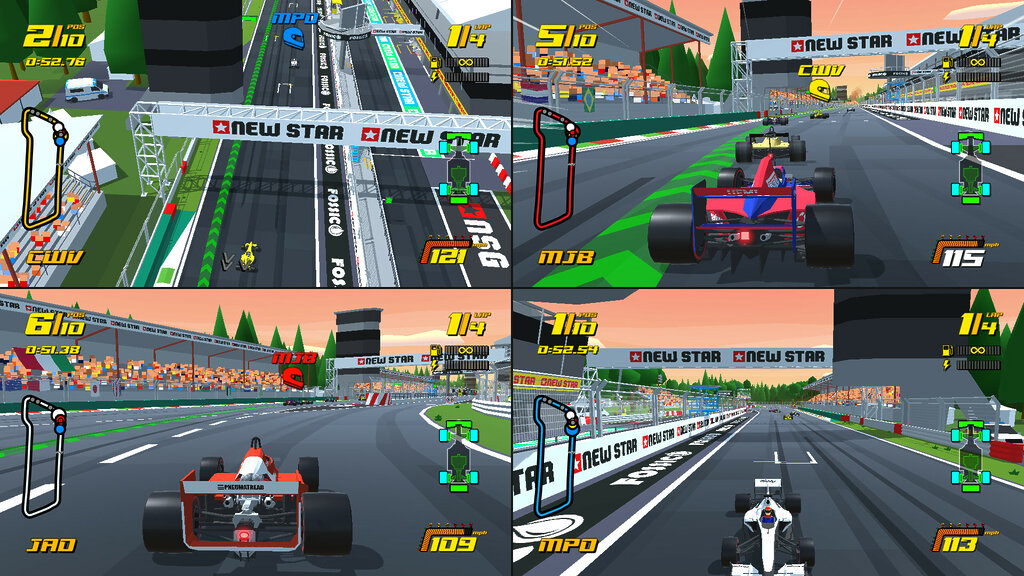
New Star GP can now be found across all major consoles and PCs. As far as racing games go, this one has certainly piqued our interest. We appreciate John Dennis taking the time to conduct this interview, and we wish New Star Games the best of luck for their next sports game.
Thank you! Please share your positive feedback. 🔋
How could we improve this post? Please Help us. 😔
Moiz Banoori, with a decade of experience in gaming and tech journalism and a degree in journalism, is a notable figure in the industry. He has contributed to various esteemed platforms, showcasing his expertise in both reporting and opinion writing.


 Threads
Threads